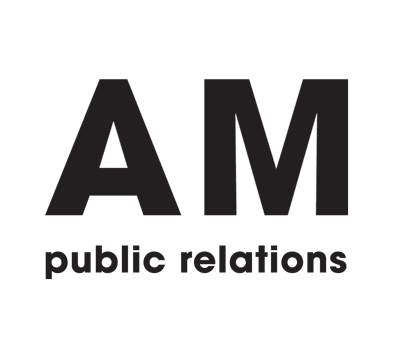UPV Legislation: Discarded textiles better recycled thanks to Dutch traceability technology
Brands and consumers gain reliable data to make better environmental choices
Aware™ is assisting producers and importers of sustainable textiles in reporting and meeting the targets outlined in the new UPV Textiles Act, which will come into effect on 1 July.
The Aware™ Virtual ID, a Digital Product Passport (DPP), enables brands to assess their impact using first-hand data and facilitates their engagement with consumers for circularity programs. The Extended Producer Responsibility Act mandates clothing producers and importers to collect and reuse a larger portion of discarded textiles, while also encouraging the utilization of recycled textiles in new products. Challenge for recyclers Presently, only one percent of discarded textiles are recycled into new textiles. By 2030, a third of the total weight, fiber-to-fiber, must be recycled, meaning that used textiles should be transformed into new clothing. The most significant challenge in the recycling process lies in material sorting. Many fabrics are composed of blends, which incorporate multiple materials within a single fabric. These blends are highly difficult to recycle due to the unknown composition of discarded clothing.
"To meet these targets, producers and recyclers require insight into the textiles they are working with. Through our physical and digital tracers, textiles can be identified throughout their lifespan, significantly enhancing the circular supply chain,stated Koen Warmerdam, co-founder of Aware™", commented Koen Warmerdam, co-founder of Aware™.
Traceable clothing for manufacturers and brands for years, clothing labels have provided the most insight into the manufacturing of our clothes. Now, using an embedded physical tracer within durable fibers, a product can be traced throughout its entire lifespan. This tracer is digitally linked to a virtual counterpart on Aware™'s public blockchain. Every step in the supply chain can be traced and verified, rendering false sustainability claims obsolete.
"Once uploaded, the information is immediately visible on the public blockchain and cannot be deleted. This ensures the reliability of data in the DPP and serves as an accurate measure of impact. The transparent and virtual chain created aligns with the new EU legislation, which will be effective by 2030", explained Warmerdam.
Restoring consumer insight and trust by using the DPP, consumers can scan a QR code to view the entire supply chain and assess the impact of the production process. They can access an overview of the material, its composition, the various stakeholders involved, and the social, chemical, and environmental standards met by these stakeholders. Additionally, consumers can utilize the QR code to engage with brands and participate in circularity programs, thereby ensuring that textiles have a longer lifespan.
"Moreover, brands can access the platform to obtain UPV legislation statistics from the system”, finishes Koen.

